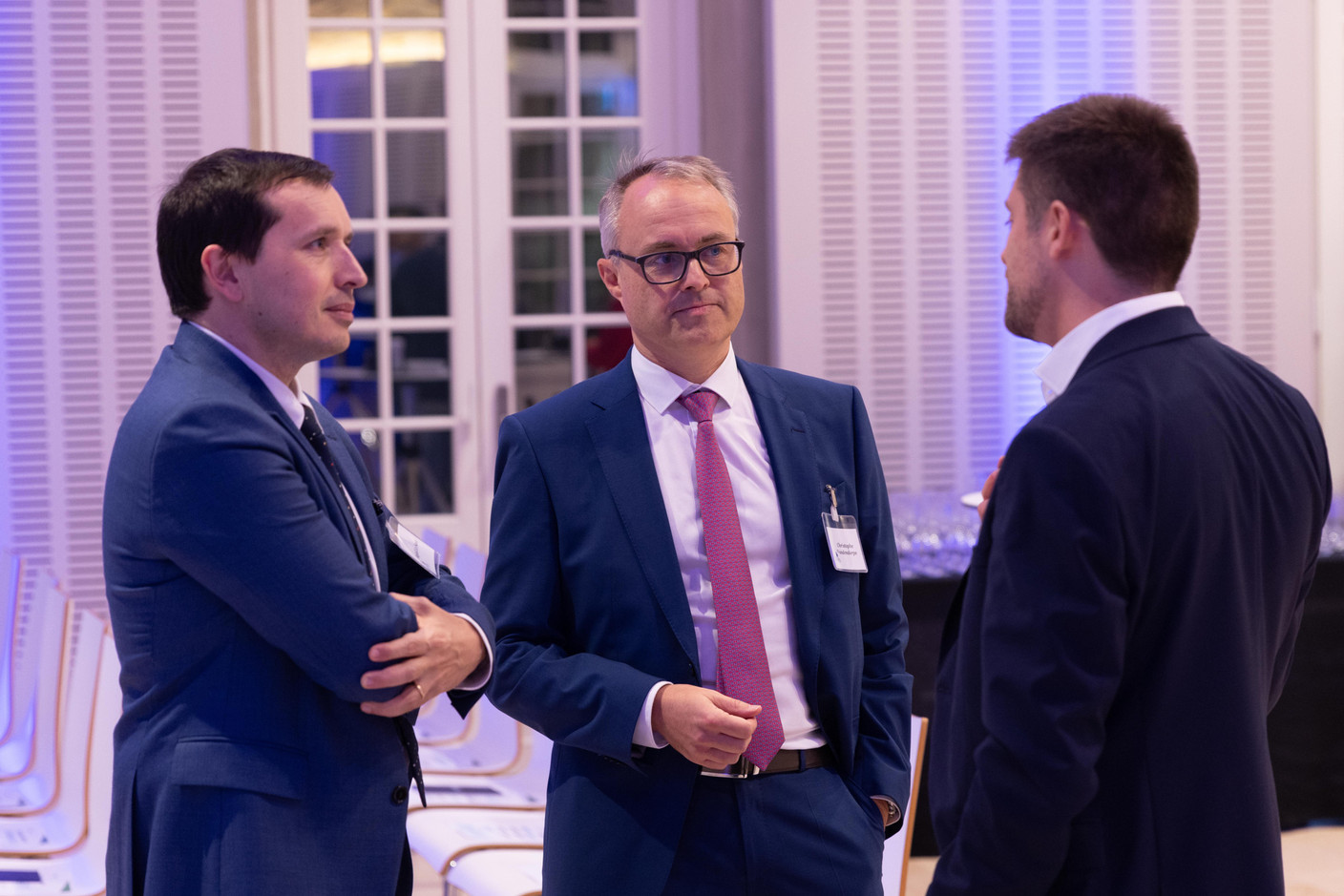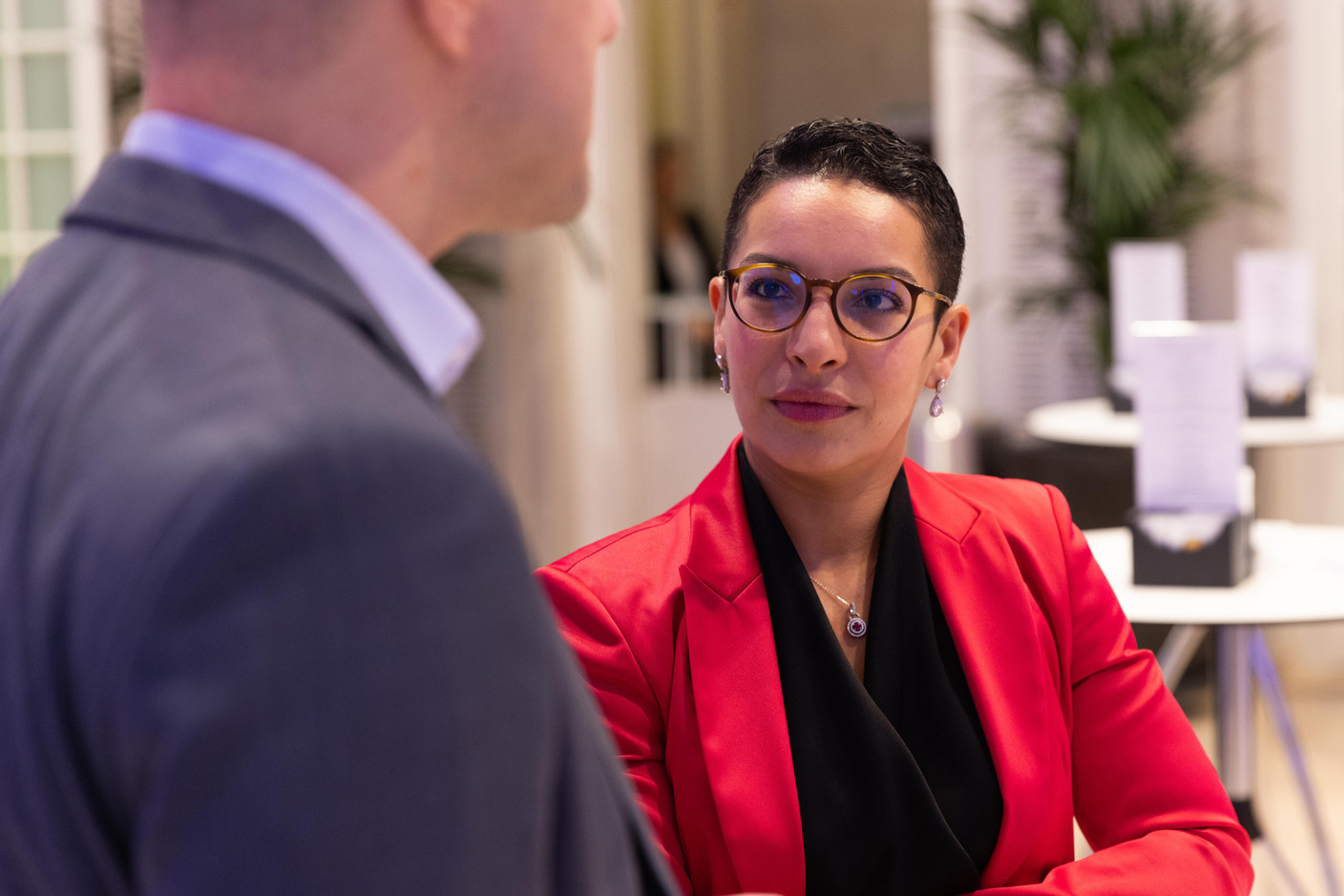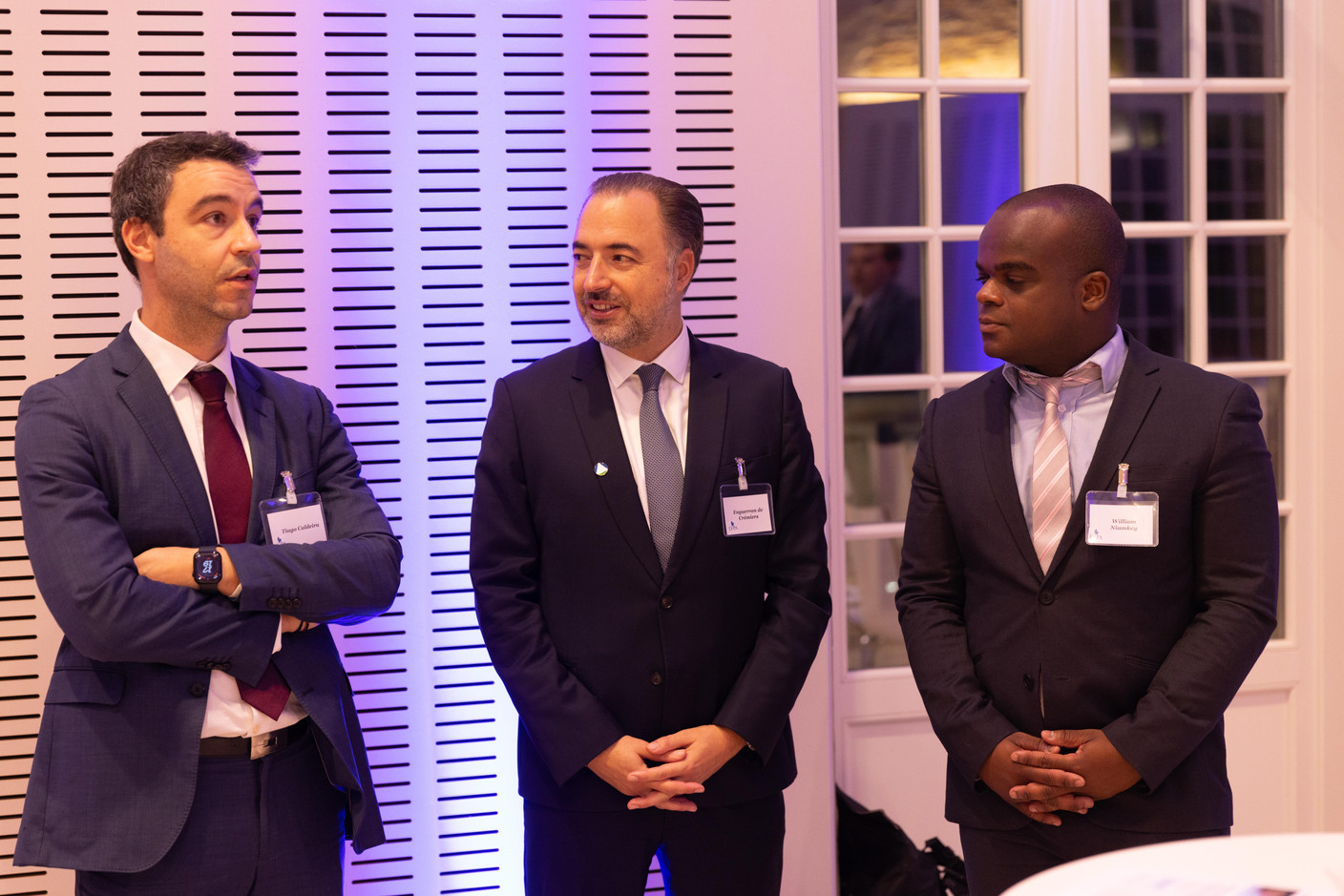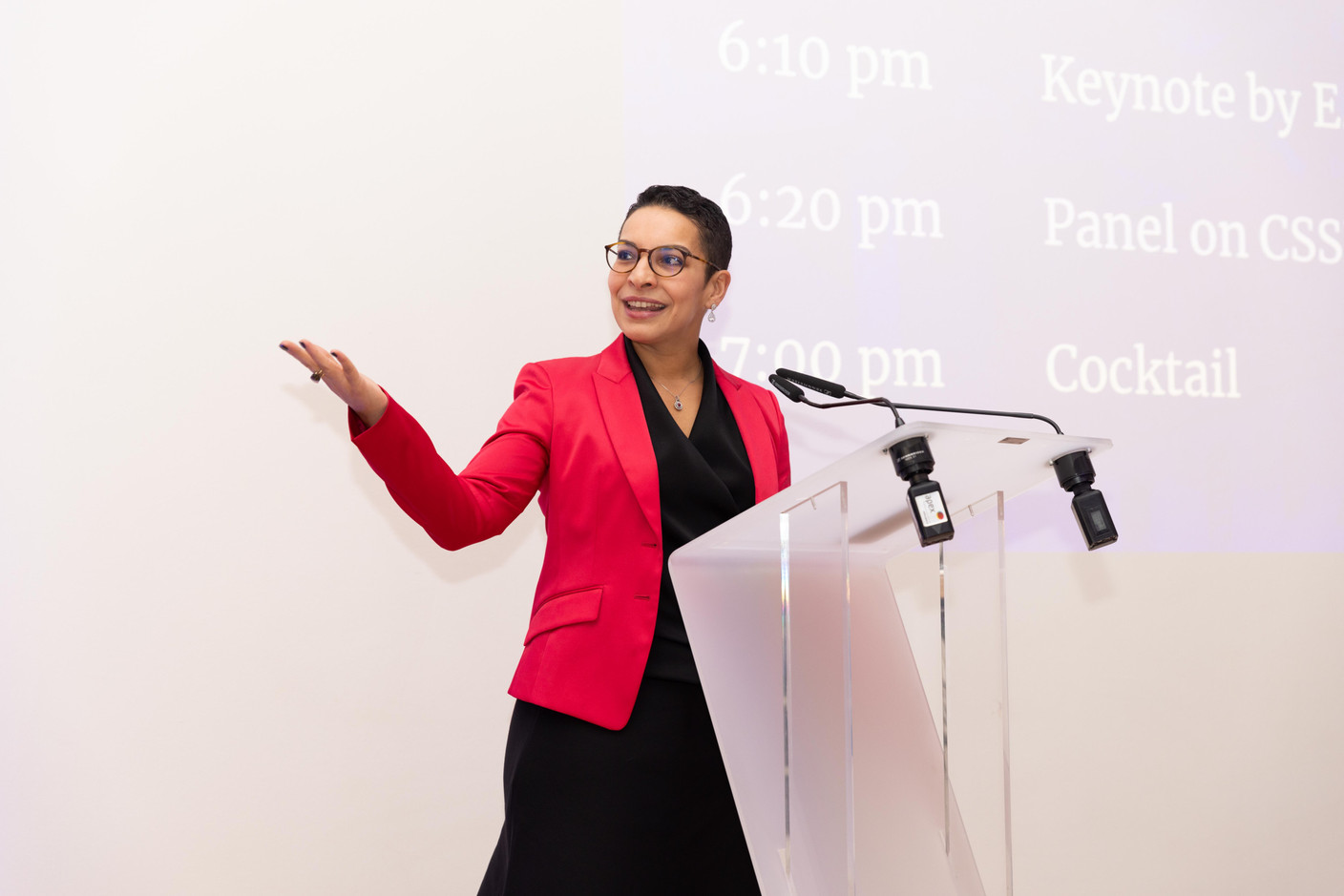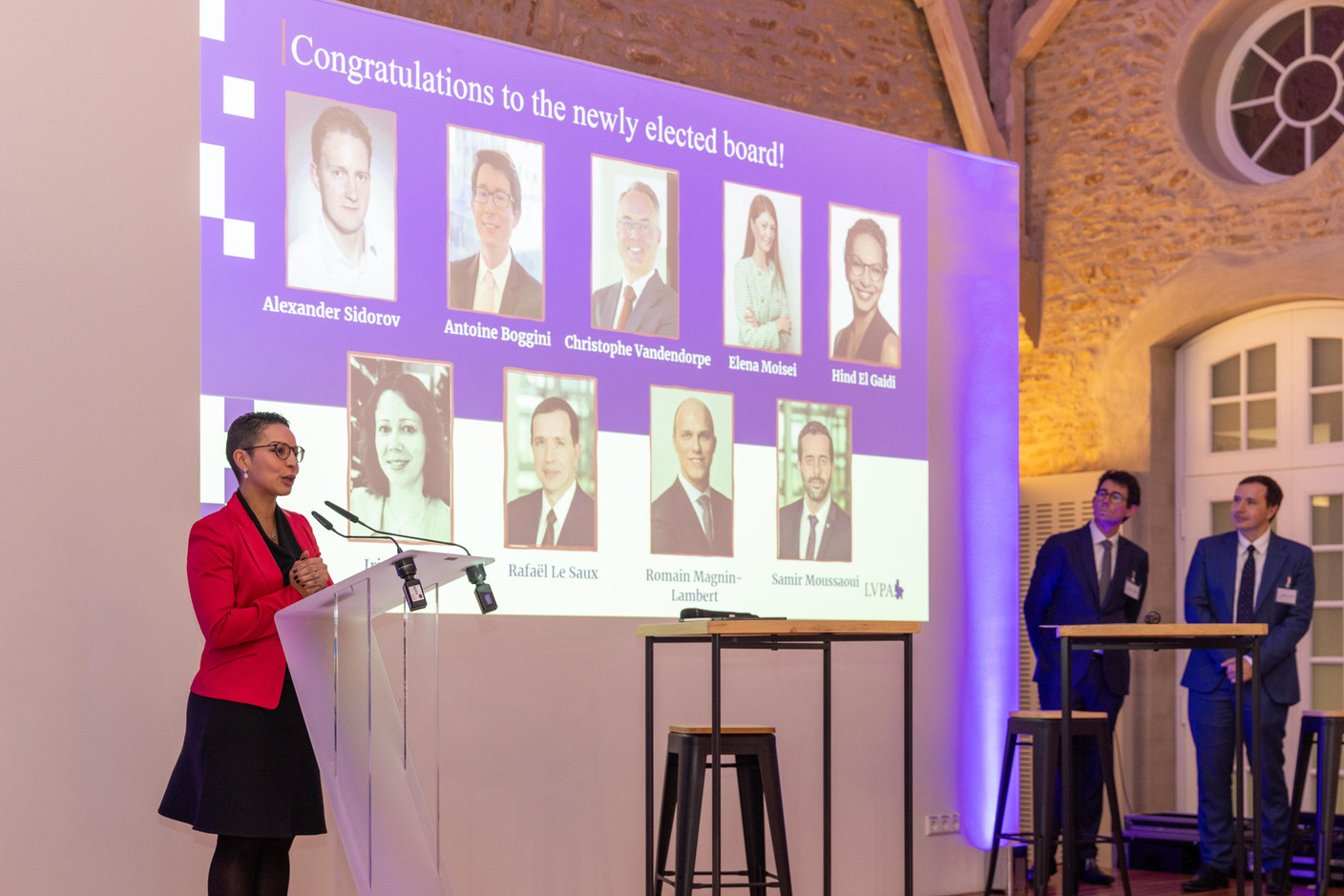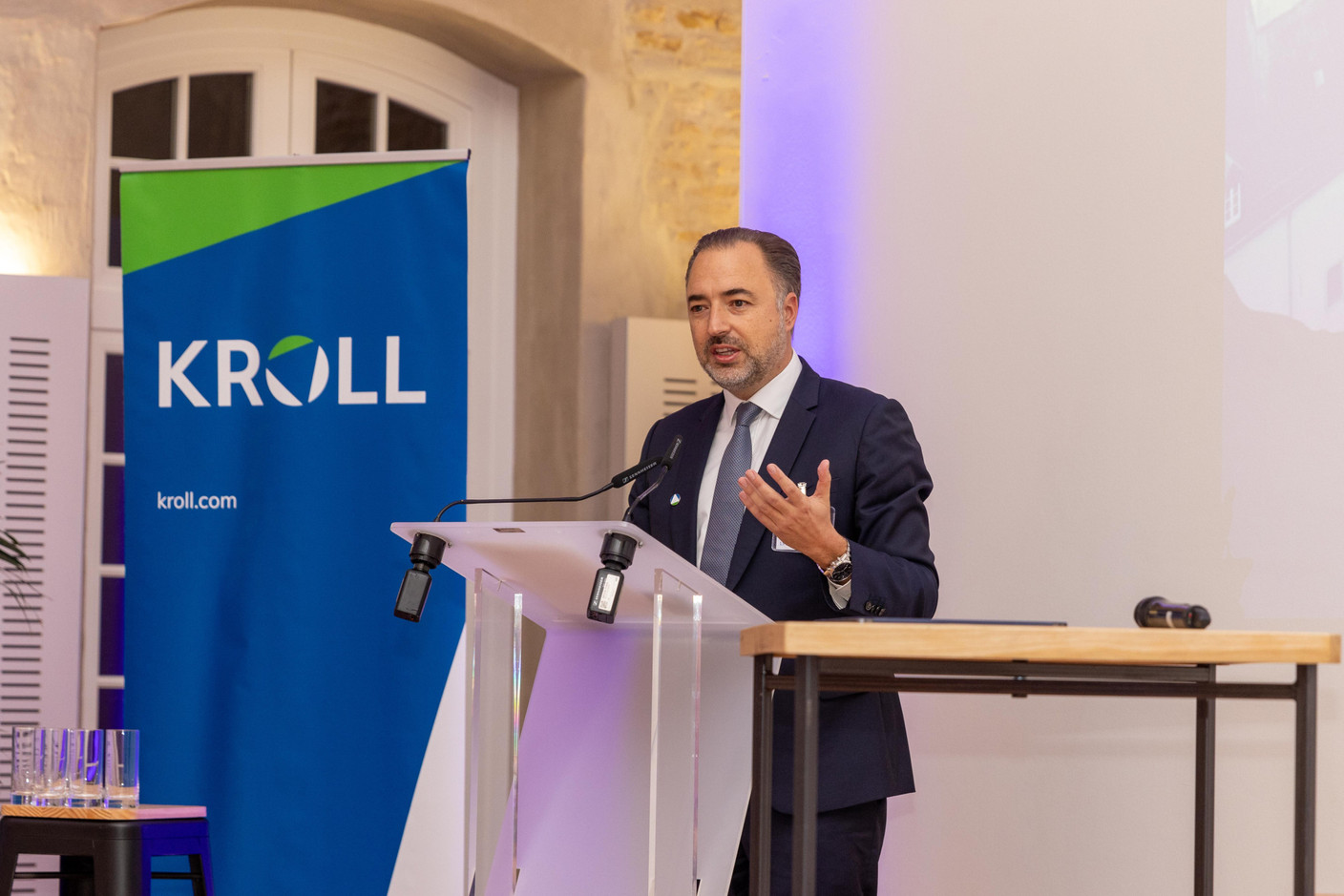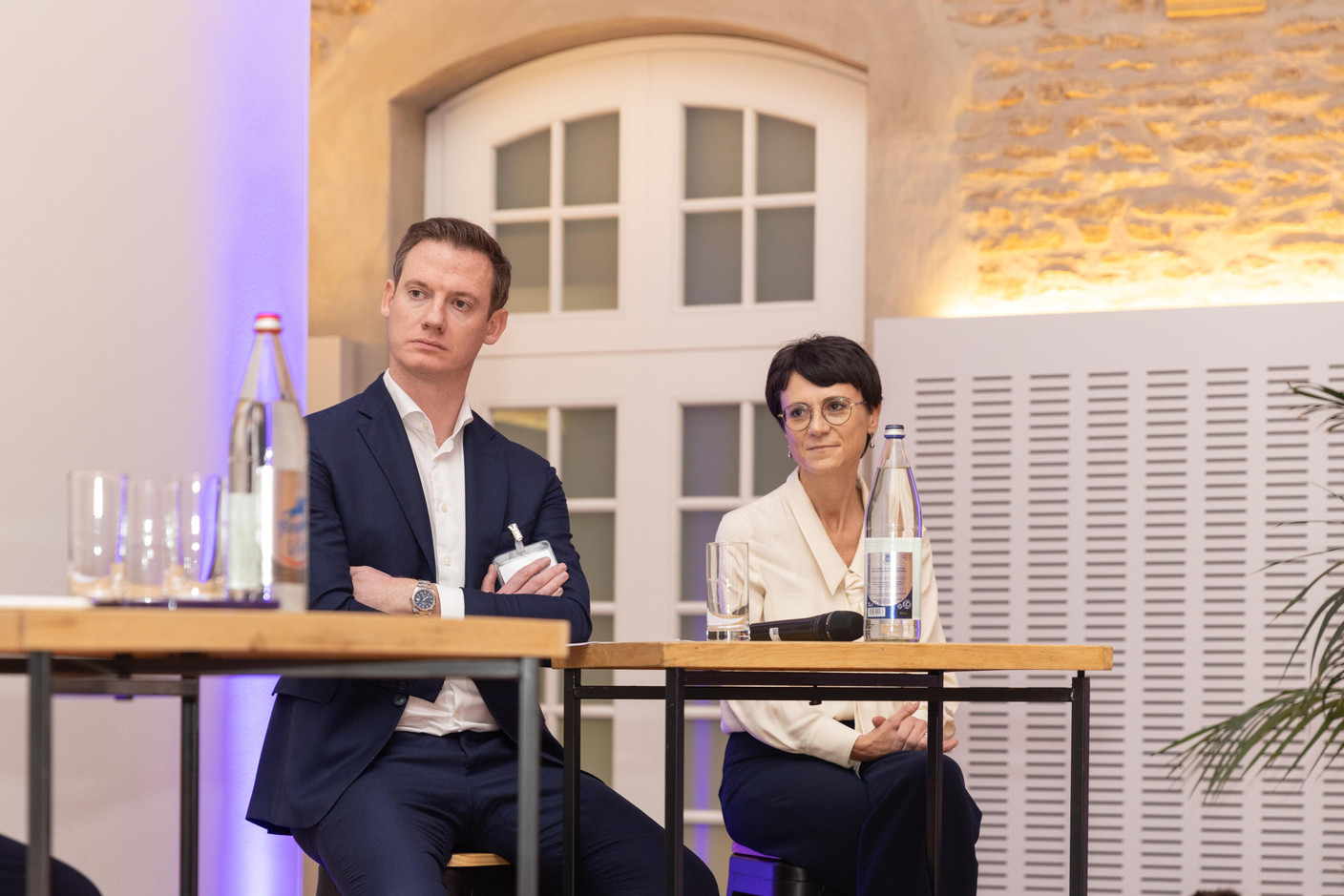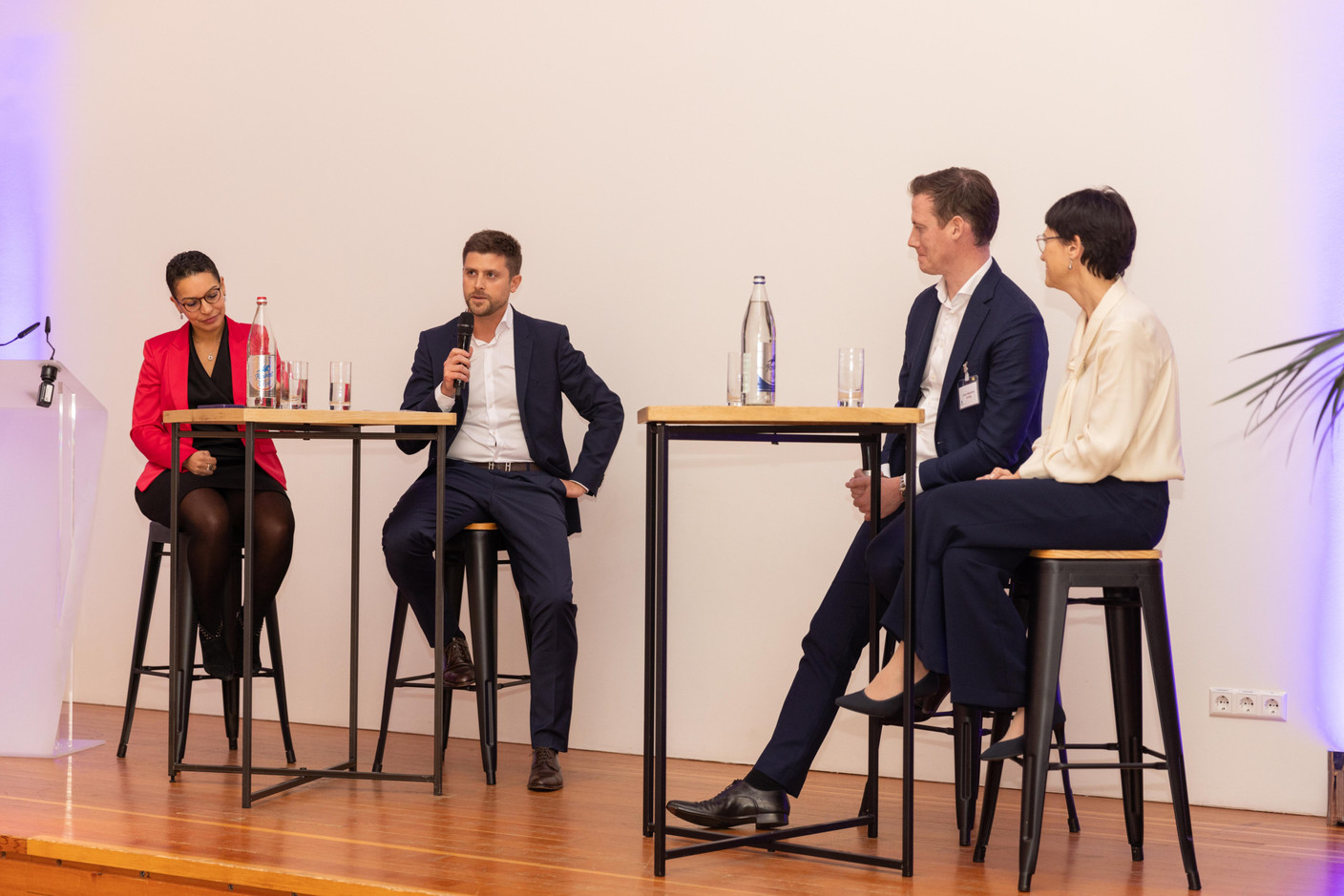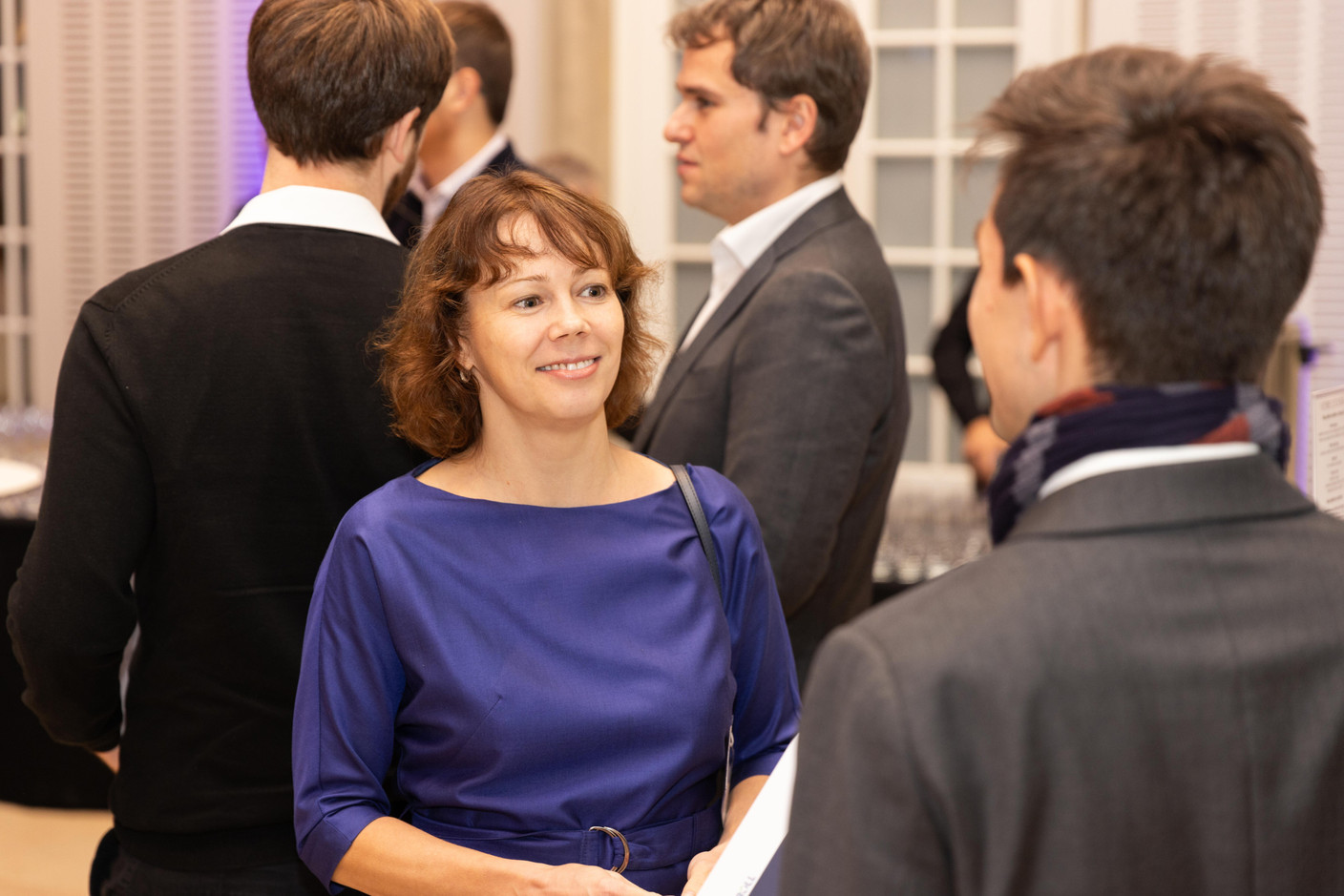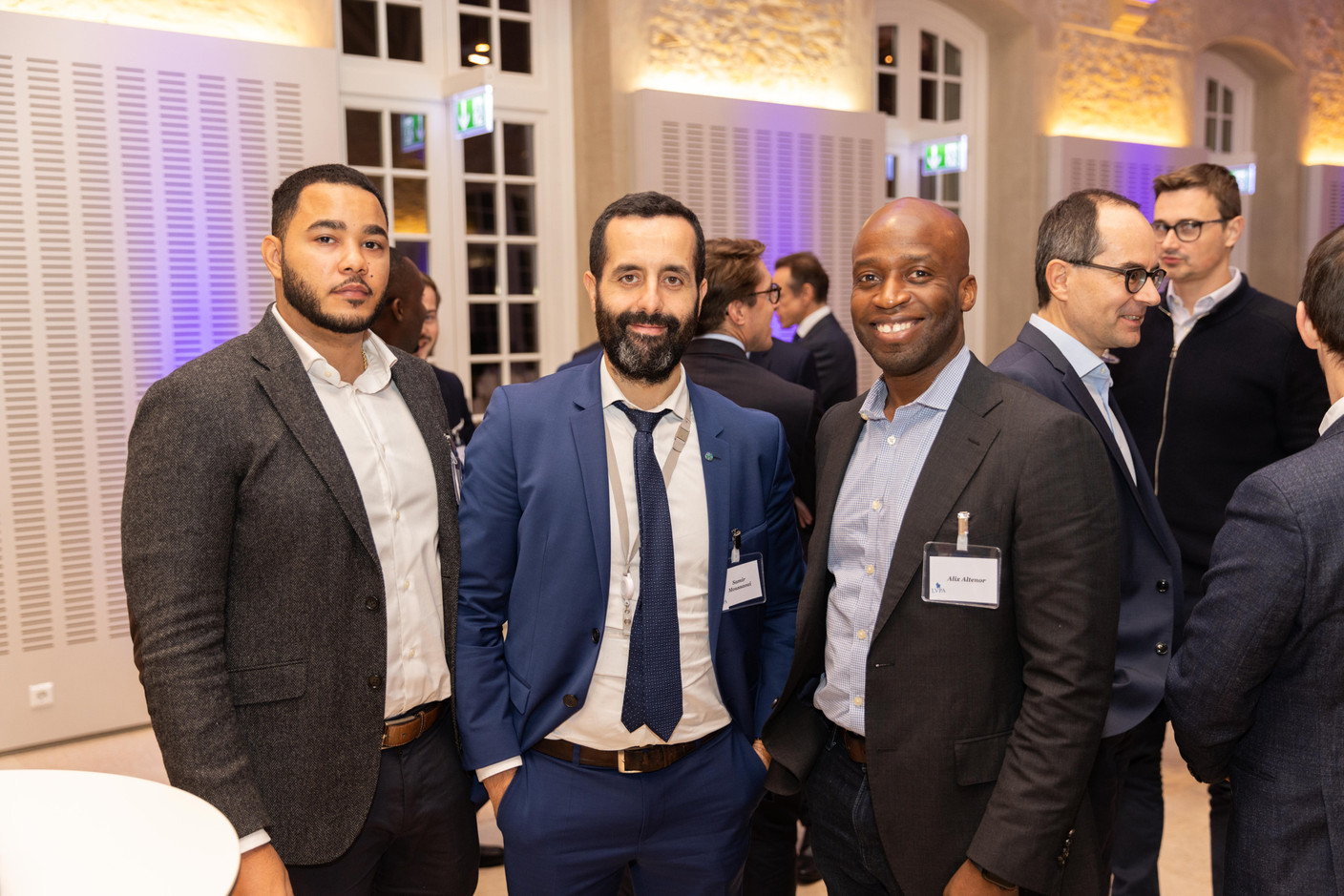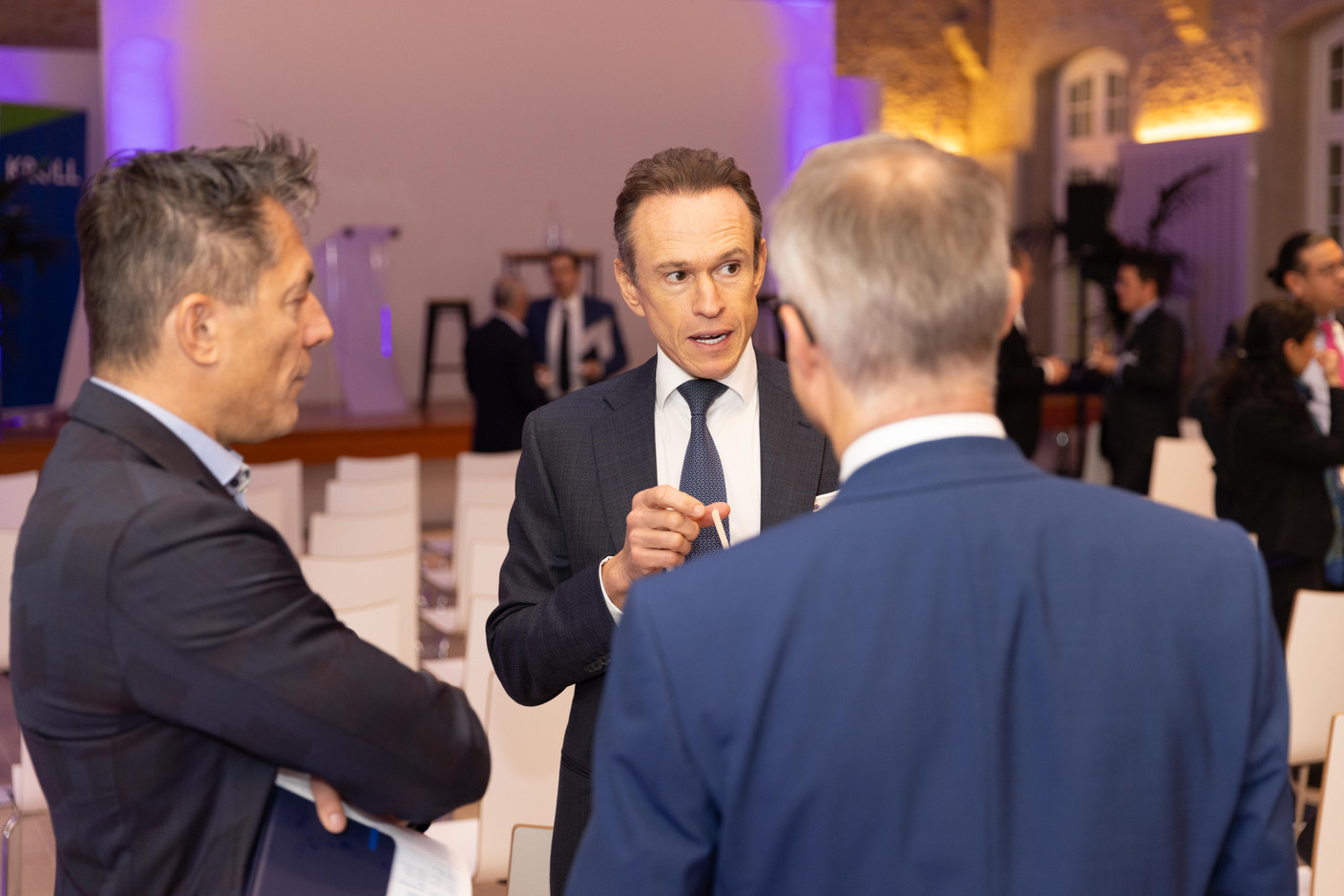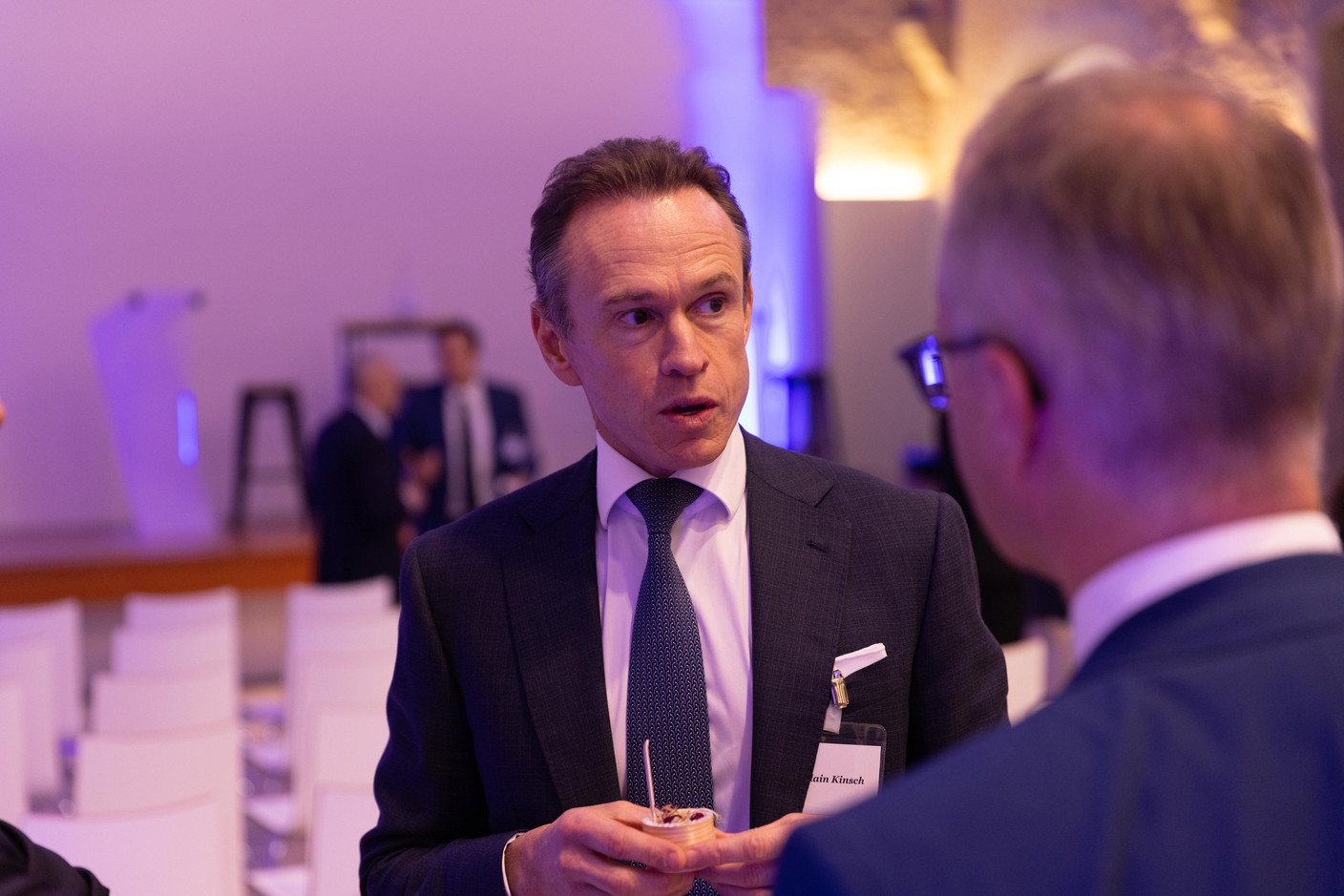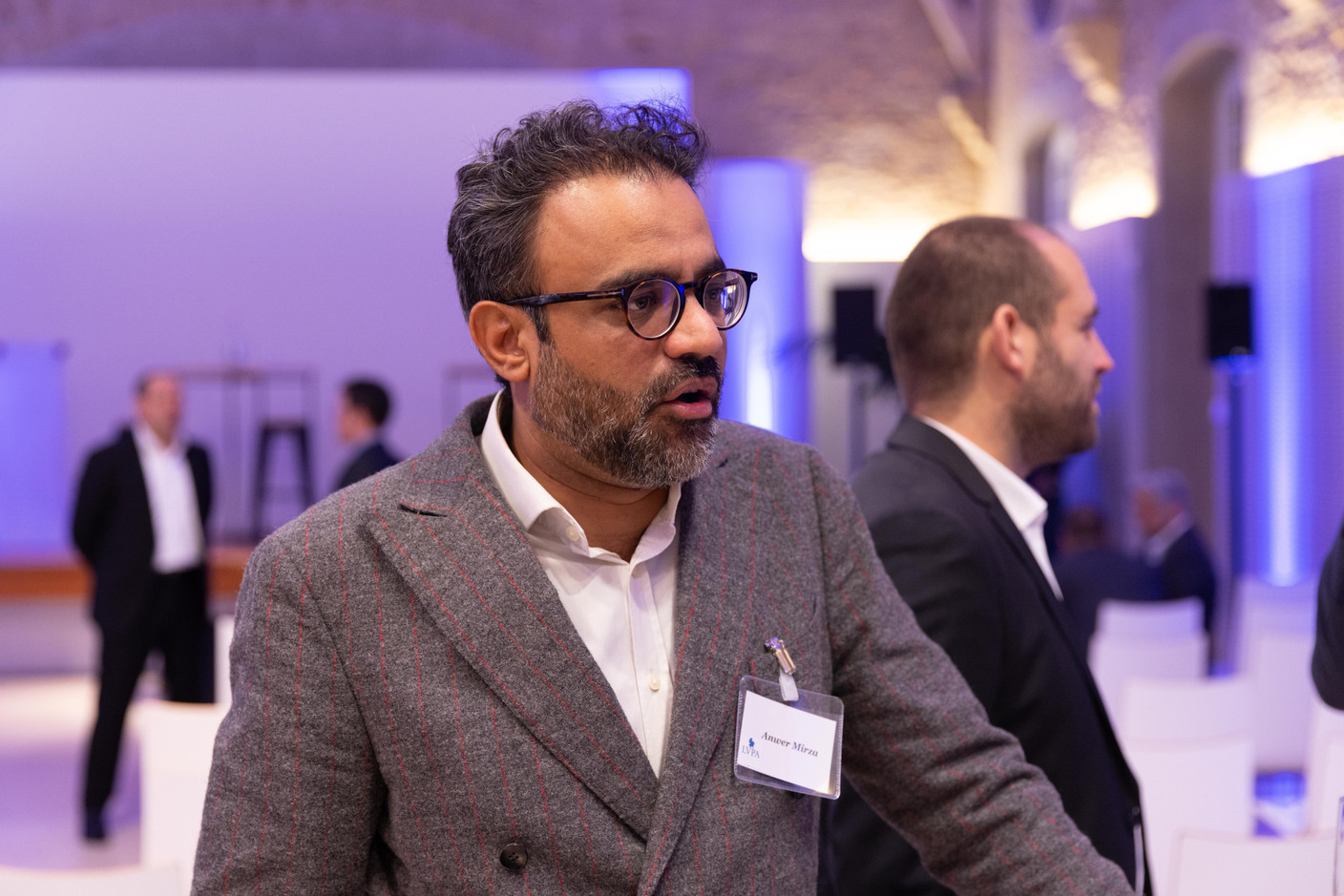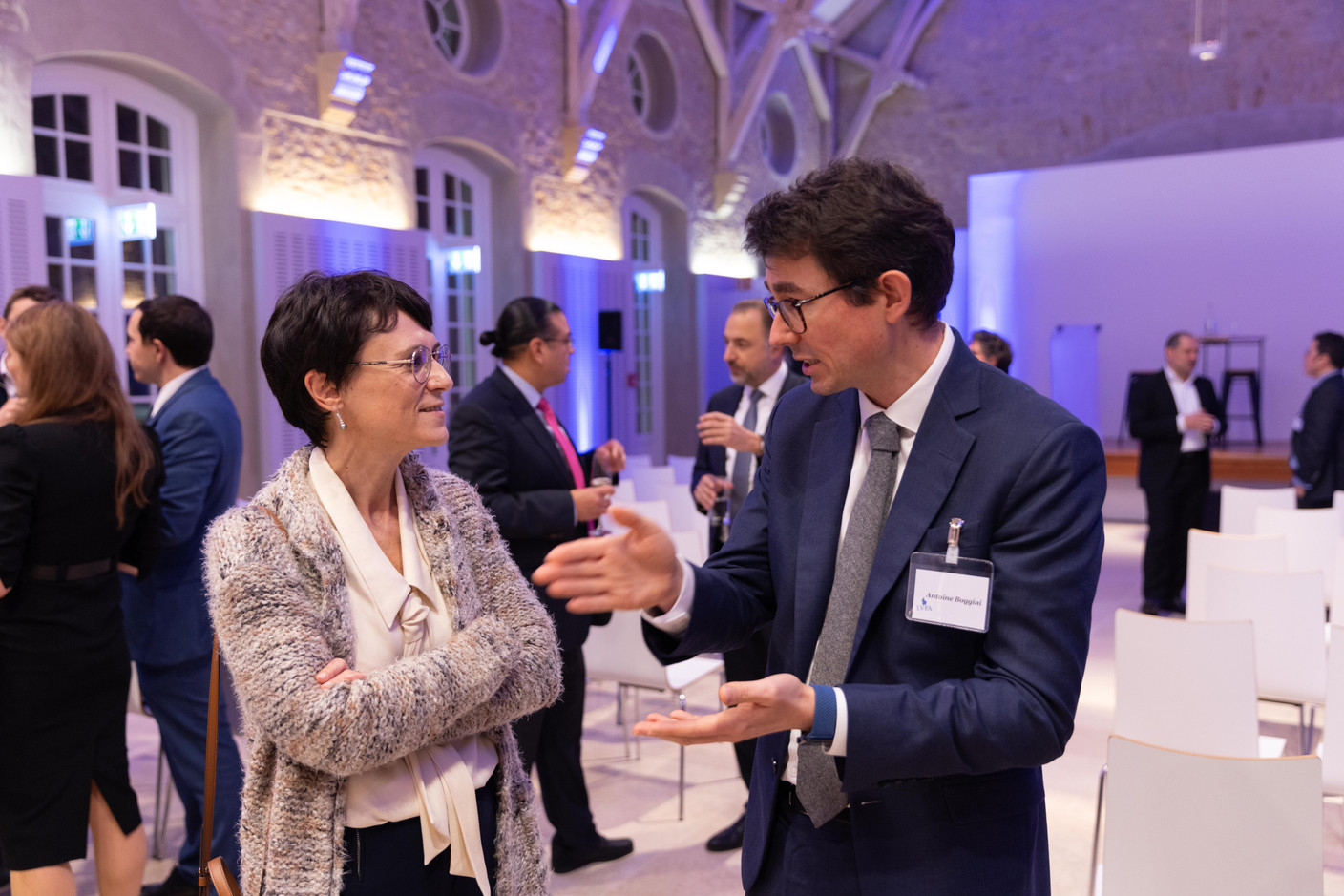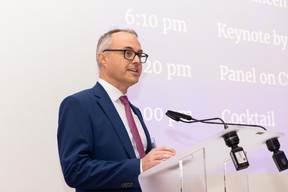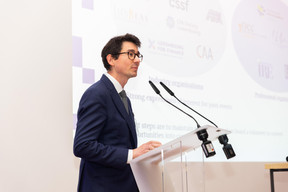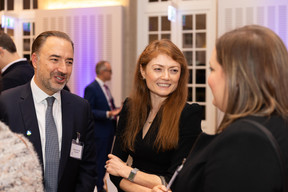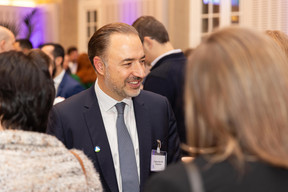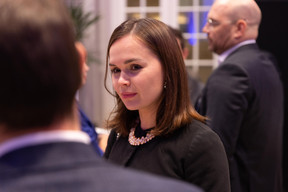“If you look back a few years ago, it seems that it all started with the financial crisis,” began Enguerran de Crémiers, managing director of valuation advisory services at Kroll, in his keynote speech at the Luxembourg Valuation Professionals Association’s first annual general meeting on 15 November.
Following the financial crisis--the credit crunch in 2007, the bankruptcy of Lehman Brothers in 2008--many banks were nationalised. And this had a lot of adverse consequences, said de Crémiers, such as regulatory concerns, liquidity ratios, capital increase ratios or leverage ratios, which then had an effect on financing and funds. “There was a gap to fill, and this was the emergence of a lot of credit funds.” But it also came with new questions around valuation, transparency and governance.
“The topics of valuation and governance have never been so important as during times of crisis,” said de Crémiers. These crises have accelerated in the last few years, he added, citing the covid-19 pandemic, Russia’s full-scale invasion of Ukraine and conflict in the Middle East.
Essential to maintain trust
And in times of crisis, establishing--and retaining--trust is also essential. Luxembourg’s investment funds have more than €5trn of net assets, de Crémiers noted, adding that the grand duchy is the second largest fund centre in the world (after the US) and is the largest global distribution centre for investment funds. “However, what matters the most for you, Luxembourg, for everyone--would it be in New York, London, Paris--is to earn and maintain the trust of your limited partners, LPs, your clients.”
Read also
The good news for general partners (GPs) is that we now have convergence, said de Crémiers. “So what does that mean concretely? It means that the global language--or the dialogue--between GPs and LPs has converged. And this common language is fair value.” IFRS 13, for example, provides an international definition of what fair value is.
Why is fair value so important?
The first reason is fiduciary duty, said de Crémiers, which refers to the responsibility of investors to act in the best interest of beneficiaries and other stakeholders. “Fair value provides the best basis for fulfilling this duty and enabling investors to make informed decisions and to communicate clearly and honestly with stakeholders.”
“Fair value is also the basis that investors use to make periodic reviews of performance,” he continued, and it also allows investors to assess the performance of their fund managers and portfolios, as well as prepare their own financial statements.
Given the current economic context--inflation, high interest rates, uncertainty and volatility caused by the pandemic--regulators such as Luxembourg’s Financial Sector Supervisory Commission (CSSF), the Authorité des Marchés Financiers (AMF) in France, the Financial Conduct Authority (FCA) in the UK, or more generally, the European Securities and Markets Authority (Esma) “have shown great interest and scrutiny on the valuation practices of fund managers, especially the illiquid and hard-to-value assets, such as private equity and real estate.”
We have a responsibility--this is my view--to adopt the highest standard of the profession and to contribute to the development of the rest of our industry.
In addition, with the retailisation of the fund industry--making more investment vehicles accessible to retail investors, such as open-ended funds or the European long-term investment fund (Eltif)--valuations will be key. There is an “anxiety” from regulators around the need to protect retail investors, argued de Crémiers. “This stress caused by the retail exposure is going to be everywhere, including for professional customers.”
Regulators will have an increased focus on asset valuation as a key area of investor protection, said de Crémiers. “This has important implications for investment managers in terms of compliance with regulatory requirements and valuation, as well as on valuation policies, procedures, methodologies, models.”
“And as valuation professionals, we have a responsibility--this is my view--to adopt the highest standard of the profession and to contribute to the development of the rest of our industry,” de Crémiers concluded.
Independent and competent model review
The event also included a panel discussion, moderated by ICG’s Hind El Gaidi and with the participation of (Elvinger Hoss Prussen), Vic Elsen (CSSF) and Jean-Baptiste Leray (Blackstone), that covered a July from the legal, practitioner and regulatory perspectives.
Following the publication of this report, investment fund managers who manage undertaking for collective investment in transferable securities (Ucits) and/or alternative investment funds (AIFs) have been asked to assess their valuation framework in line with the observations of Esma and the CSSF and to take any necessary corrective measures by 31 December 2023.
Read also
To start with, some of the drivers behind these movements include the desire for financial stability against a backdrop of crises, investor protection and alignment across different countries, noted panellists.
Regarding the use of valuation models, Elsen gave a “quick reminder” of what must be done according to regulation. “Before the model is used, it should be reviewed by an independent person who did not build the model, and this independent person can be an external person, but must be knowledgeable and competent. In this context, the senior management of the fund manager should also validate this model before use--it’s always before use. Afterwards, the inputs of the models should be reviewed as frequently as needed.”
Everybody needs to be involved--not just valuation
Section 2.2 of the CSSF’s feedback report, which focuses on valuation under stressed market conditions, the interaction between liquidity stress testing and valuation, and stressed market conditions in valuation policies and procedures, is one that is “generating a lot of discussion,” noted Leray. “There is a margin for interpretation here.” The main thing is, when there is a judgement--with rationale and analysis--there needs to be documentation as to what is supporting the judgement.
Second, there is a need for “strong and efficient collaboration between the valuation function and risk management,” said Leray. This existed before, but needs to be accelerated.
“It’s very important to work all together,” added Dupin. “Everybody needs to be involved--not just the valuation people.”
“Formalise what you do”
Asked about upcoming priorities, Elsen’s key message for fund managers was to “perform your assessment in light of the CSSF’s feedback report, based on the circumstances of your fund managers and the funds you manage.”
For Leray, “the highest priority” is to assess where we stand and whether corrective actions need to taken in the medium- or long-run. Stressed markets events and liquidity stress tests will also be things to consider.
Dupin had two pieces of advice. The first comes in the context of inspections, during which valuations were a “very hot topic.” Many alternative investment fund managers performed valuations internally, but when the CSSF asked for demonstration that the valuations had actually taken place, were unable to do so. The first thing, therefore, “is to formalise what you do, because it is important to demonstrate to the regulator that there is an added value in Luxembourg.”
The second point is that this is not just a question of valuation, said Dupin. Esma’s report also refers to other topics, such as conflict of interest or depositary agreements. “It’s not only for valuation, it’s also for the compliance officer or other colleagues to assess, because many documents and ways of acting need to be amended.”
“And the deadline is the end of the year,” added Dupin. “[CSSF teams] will certainly expect to see the gap analysis and that you have started remediation actions. So cancel your holidays and start your work!”
LVPA now counts over 100 members
But there was cause for joy at the LVPA’s meeting. Since its , the association has grown to 112 accepted members, become an associate member of the International Valuations Standards Council and organised multiple events, including technical, training and networking sessions, with interest from industry and professional organisations for joint events.
It’s also become more driven by members, instead of being driven only by its founding committee. The LVPA’s newly elected board, which was expanded to nine people, was announced at the general meeting and consists of: Antoine Boggini, Hind El Gaidi, Rafaël Le Saux, Romain Magnin-Lambert, Elena Moisei, Samir Moussaoui, , Alexander Sidorov and .
Besides continuing to grow and establish a network amongst valuation professionals in the grand duchy and abroad, the LVPA aims to develop a three-to-five day training session focused on business valuation, to hold an annual update valuation session and to deploy a valuation certification in Luxembourg in 2024.
.
